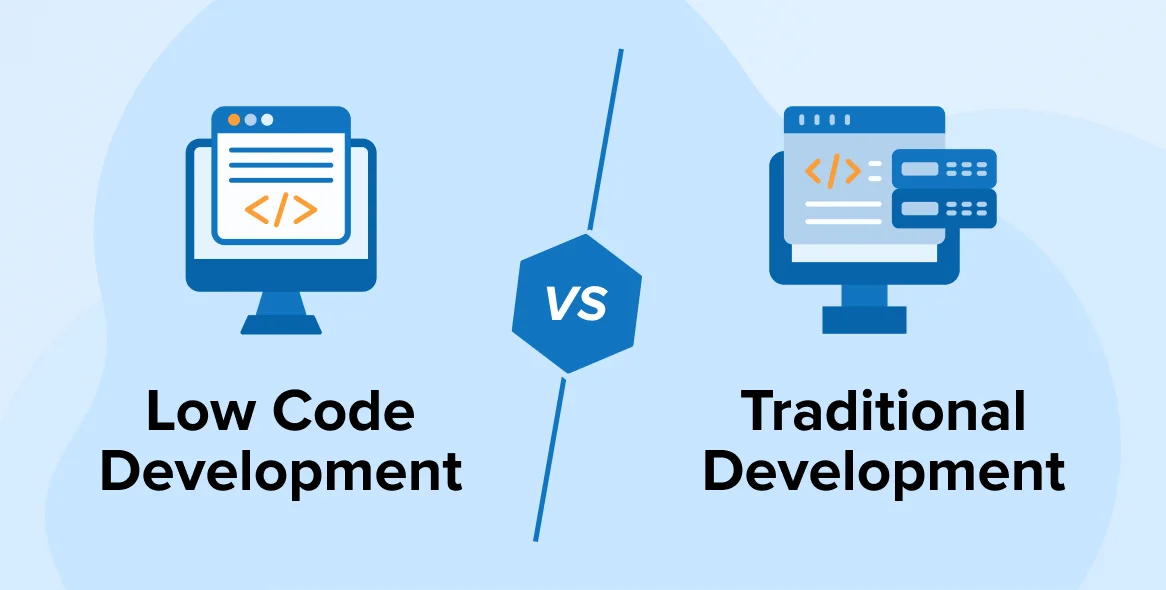Table of Contents
-
- Introduction
- How to Leverage Microsoft Dynamics 365 Integration Services for Seamless Data Exchange
- Exploring the Benefits of Automating Dynamics 365 Integration Services
- Streamlining Business Processes with Dynamics 365 Integration Services
- Best Practices for Integrating Dynamics 365 with Third-Party Applications
- How to Use Dynamics 365 Integration Services to Connect Multiple Systems
- Conclusion
Introduction
Imagine having just a few clicks to swiftly and simply integrate all of the data and processes in your firm. That is what Microsoft Dynamics 365 Integration Services are capable of. Designed to serve CFOs, CTOs, HR managers, and small to medium-sized businesses, this all-inclusive toolkit and service makes it easier for Dynamics 365 apps to integrate with other critical systems like Salesforce, SAP, Oracle, and more. This interface makes it simple to communicate and access data, which boosts efficiency and production.
How to Leverage Microsoft Dynamics 365 Integration Services for Seamless Data Exchange
Are you sick and weary of entering data by hand? Microsoft Dynamics 365 provides an alternative. With the help of this connection tool, companies may link Dynamics 365 to other platforms, guaranteeing that your data is consistently correct and up to date.
Principal Advantages:
Fast and Easy Integration: Integrating Dynamics 365 with other applications is quick and simple and doesn’t require any problems.
Automation: Goodbye to human data entry and welcome to the realm of automation. This saves time while also reducing the likelihood of errors.
Customization: Tailor integration solutions to your enterprise’s specific requirements and business procedures as an example A retail company can reduce the risk of overselling and stockouts by using Dynamics 365 to link its CRM and ERP systems. This will ensure that sales data is automatically updated in inventory management.
Exploring the Benefits of Automating Dynamics 365 Integration Services
 Automation is more than simply a trendy term—it’s a revolutionary idea. Using automation to streamline Dynamics 365 integration services can significantly improve your company’s accuracy and productivity.
Automation is more than simply a trendy term—it’s a revolutionary idea. Using automation to streamline Dynamics 365 integration services can significantly improve your company’s accuracy and productivity.
Benefits
Efficiency: Do away with time-consuming manual data entry and validation procedures.
Saving money can be achieved by reducing labor expenses and avoiding the need to purchase new gear and software.
Data Accuracy: Automated methods guarantee your data is ready regularly and quickly while minimizing errors. Imagine never again having to deal with the chaos caused by unreliable data or endless spreadsheets. It sounds like a dream, doesn’t it? Automation makes it possible.
Streamlining Business Processes with Dynamics 365 Integration Services
In today’s hectic business world, efficiency is essential. Through Dynamics 365 integration services, companies may improve data accuracy, automate procedures, and integrate their current systems.
Qualities:
Obtain and disseminate data across several platforms using data integration.
Application Integration: Connect several apps to enhance workflow.
Workflow Automation: Automate repetitive tasks to reduce errors and save time. An interface between the payroll and benefits systems and the HR system can be set up by the HR manager to ensure seamless data transfer and reduce the likelihood of errors in employee paperwork.
Best Practices for Integrating Dynamics 365 with Third-Party Applications
To maximize the benefits of your Dynamics 365 integration, follow these best practices:
- Safe Connections: Use safe protocols like TLS and SSL and take care to encrypt data.
- Strong Authentication: Implement a strong authentication mechanism to protect data.
- Performance Monitoring: Regularly assess the functionality of the integration.
- Comprehensive Testing: Make sure the integration is fully tested to find any issues before going live.
- Dedicated Integration Platform: Utilize programs like Microsoft Flow or Azure Logic Apps for reliable and secure integration.
Founder & CEO of Singleclic Tamer Badr said: “It takes more than merely connecting systems to achieve proper integration. Establishing a smooth information flow will enable your team to work more intelligently rather than more laboriously.
How to Use Dynamics 365 Integration Services to Connect Multiple Systems
The way your business operates may change as a result of system integration. The Dynamics 365 Integration Services offer several ways to go about achieving this:
Data integration: To cut down on manual entry and human error, transfer information across CRM and ERP systems.
Application Integration: Connect apps such as customer help portals and billing systems to enhance workflows.
Process Integration: Automate inter-system procedures to boost efficiency and reduce human work.
Integrating your customer care portal with the invoicing system is one way to increase customer satisfaction and operational effectiveness. This will ensure that billing data and client issues are always up to date.
Conclusion
The Microsoft Dynamics 365 Integration Services are a priceless tool for any business looking to boost output and streamline procedures. You can ensure data accuracy, boost productivity, and automate operations by integrating Dynamics 365 with your apps and data. With Dynamics 365’s scalability and agility, small business owners, CFOs, CTOs, and HR managers can grow their organization and maintain their competitive advantage.
To learn more about Microsoft 365 Dynamics, be sure to check these articles out:










4 Responses
I read this article completely about the resemblance of most up-to-date and previous technologies, it’s amazing article.
It’s hard to find experienced people about this topic, however, you seem like you know what you’re talking about! Thanks
Thanks, I’ve been looking for this for a long time
thank you very much